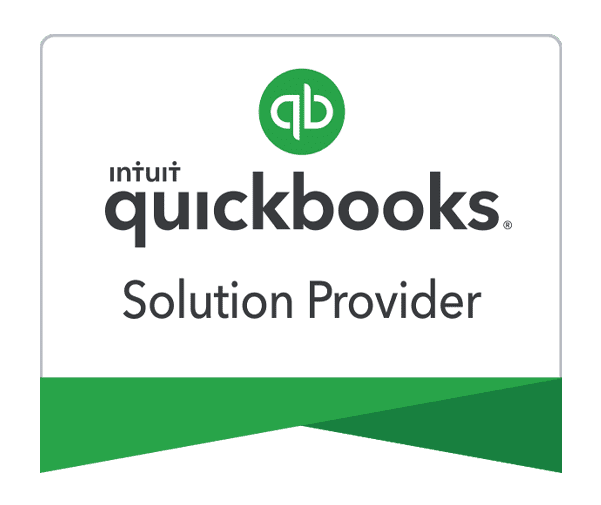Just register for the free trial below and we will send you everything you need to evaluate QuickBooks Online including 30-day access, the full 76-page QuickBooks Online Guide (details everything that you can do in the software) plus the video training library. Free end-to-end consultation and support are included so if you need any help along the way, just let us know!

Paygration, Inc.
Understanding Customer Refunds in QuickBooks Online
Refund receipts in QuickBooks Online are provided to customers who have previously made payments for goods or services and are requesting a refund. These receipts serve as confirmation of the refund process. Refund receipts can be necessary due to various reasons, such as product returns, cancellations, overpayments, or dissatisfaction with the provided service.
In this article, we’ll cover when and how to issue customer refund receipts in QuickBooks Online. We’ll also share why it is important to issue refund receipts to your customer.
When to Issue Customer Refunds
- Product Returns or Exchanges: When a customer returns a product due to defects or a change of mind, issuing a refund is a common practice. Alternatively, if the customer desires an exchange, the original purchase amount can be applied to the new item.
- Service Dissatisfaction: If a customer is dissatisfied with a service provided, issuing a refund showcases your commitment to customer satisfaction and can help retain their trust.
- Overpayments: Mistakes happen, and sometimes customers inadvertently overpay. Issuing a prompt refund in such cases maintains professionalism and transparency.
- Cancellations: For cancellations of orders or services, refunds ensure that customers aren’t financially burdened for something they won’t receive.
- Billing Errors: In cases of billing errors where customers are charged more than they should be, issuing a refund promptly rectifies the situation.
If you would like to try the full version of QuickBooks Online Advanced, click here to get a free 30-day no-commitment trial plus access to the full video training library.
How to Issue Customer Refunds
Step 1: Navigate to the Refunds Section
From the main dashboard, click on the + New icon, located in the top right corner. Then, choose Refund Receipt under the Customers section.
Step 2: Select the Customer
In the Refund receipt form, select the name of the customer to whom the refund will be issued. Make sure that the email address is correct, as this is where the refund receipt will be sent. The fields will be automatically populated based on the information you entered when you set up the customer information, but it’s best to double-check.
Step 3: Complete the Rest of the Refund Receipt Form
After selecting the customer, provide the other required details, including the date the refund is processed and the payment method used for the refund (e.g., credit card, check). In the Refund from field, choose the appropriate income account associated with the refunded amount. Also, don’t forget to enter the product or service, quantity, rate, and other important details associated with the refund.
Creating a refund receipt in QuickBooks Online
Step 4: Review and Save
Once you verify that all information is correct, click Save and new if you wish to create another refund receipt or select Save and close from the dropdown list to record the receipt as draft or Save and send if you wish to send it right away.
Step 5: Send the Refund Receipt
When you click Save and send, QuickBooks provides the option to send the refund receipt to the customer via email.
Why Refund Receipts Are Important
- Accuracy: Refund receipts ensure that the correct amount is refunded for the specific product or service, reducing the risk of errors in financial records.
- Transparency: Refund receipts provide a clear record of the refund, including details such as the refunded item, quantity, rate, and amount.
- Customer Communication: These documents can be shared with customers as a confirmation of the refund, enhancing trust and communication in the customer-business relationship.
- Audit Trail: Refund receipts create a reliable audit trail that demonstrates the reasoning and validity of the refund. This is crucial for internal and external audits.
- Legal Compliance: Accurate refund receipts ensure that your business complies with legal and regulatory requirements when issuing refunds.
- Financial Reporting: Refund receipts contribute to accurate financial reporting, enabling you to track refunded amounts and analyze the impact on your business’s financial health.
- Record Keeping: Maintaining refund receipts as part of your financial records facilitates easy access to historical refund data for future reference.
- Dispute Resolution: If there are any disputes or inquiries regarding refunds, having well-documented refund receipts can help resolve issues promptly.
By understanding when and why to issue refunds and following the step-by-step guide provided, businesses can navigate the process of issuing refunds efficiently and professionally. Note that recording credit refunds promotes financial transparency, customer satisfaction, and efficient record-keeping—contributing to the overall success of your business operations.
















